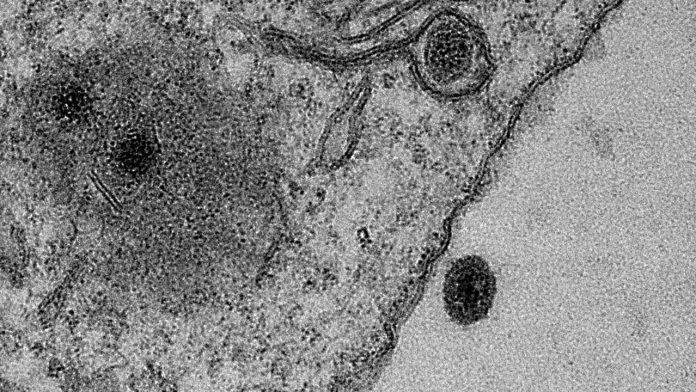Is Yaravirus Deadly Than Coronavirus?
Apr 02, 2020 • 7 views
Viruses are some of the most stranger entity on earth and the jury is still out as to whether they actually are life forms at all, as they cannot live or reproduce without a host organism. While the world is batteling against coronavirus and looking for a curative for the fatal coronavirus have discovered another virus.

A new kind of virus has been discovered with unrecognisable genes, making it one of the bizarre of all viruses that has been discovered till now.
The name of the virus is Yaravirus, named after Yara or Iara, a water-queen figure in Brazilian mythology – was recovered from Lake Pampulha, an artificial lake in the Brazilian city of Belo Horizonte.
This “mysterious” virus collected from amoebae in an artificial lake in Brazil was considerably smaller than the viruses usually known to infect amoebae.
Scientists discovered over 90 per cent of yaravirus genome was formed of the genes had never been found before.
According to Jônatas Abrahão, senior author and a virologist at the Federal University of Minas Gerais in Brazil, "It was really a big surprise since so far we only know giant viruses infecting amoebas, not small viruses".
He told that they searched for the Yaravirus' gene signature in thousands of environmental genomic data and found nothing, "indicating how rare this virus is." While they are still researching the virus, they have found out that it infects amoeba as giant viruses do.
The new virus — which is only 80 nanometers in diameter, or about 0.1 per cent the thickness of a human hair — has the ability to infect other amoebas.
Two years ago, the pair of same scientists aided to discover another water-dwelling viral novelty: Tupanvirus, a giant virus found in extreme aquatic habitats.
Abrahão quoted, "It would be necessary to isolate new viruses similar to Yaravirus to improve our analysis and try to define their origin."
Before the discovery of viruses, it was thought that viruses couldn't do things like that, being regarded as relatively inert, non-living entities, only capable of infecting their hosts.
We now know viruses are much more complex than was once believed, and in recent years, scientists have uncovered other kinds of viral forms that similarly challenge our thinking about how viruses can spread and function.
Taking this fact into account that this new discovery occurs so soon after the coronavirus was discovered, it is important to know that the Yaravirus does not infect human cells.
